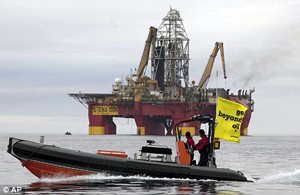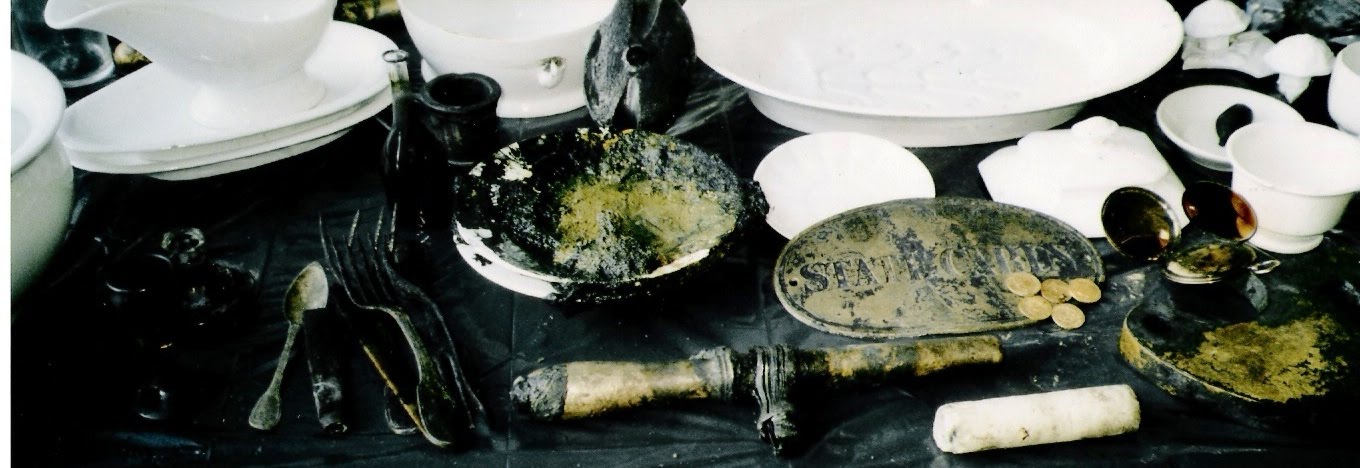Adam Spangler -
At 0700 hours, June 17, 100 Miles off the coast of Greenland, a black inflatable speedboat splashed into the icy water off the bow of a large, repurposed Russian fireboat. Kumi Naidoo, the charismatic leader of Greenpeace International, climbed down into it. As the engine revved up and the high-speed Zodiac started pounding through the waves, Naidoo recalled clutching a bow rope tightly with one hand, and with the other holding a banner demanding, “Stop Arctic Destruction.”
Speeding past Danish naval patrol boats, the inflatable reached its target, a towering 53,000-ton oil rig. As Naidoo and his Nordic action coordinator, Ulvar Arnkvaern, started to climb a steel ladder that stretched 100 feet up to the platform, a high-pressure fire hose hammered freezing water down on their heads.
Soaked to the skin and shivering violently, Naidoo and Arnkvaern fought their way up, step by step. When they reached the deck of the oil rig, Naidoo announced to the crewmen who surrounded him that he was there to hand over a petition signed by 50,000 people online demanding that the rig operator, Cairn Energy, release its oil-spill response plan—if it even had one.
The captain of the rig refused to see him and, while he waited to be arrested, Naidoo gave a short interview to a newspaper reporter patched in by walkie-talkie. When a police helicopter landed, the activists were flown off to four days in a Greenland jail, where Naidoo came down with a fever. The petition was left behind, unread. Both sides claimed victory though neither seemed to have won anything.
The Cairn Energy protest was the first time a Greenpeace executive director had been arrested and deported in a direct action in over a decade and it’s not a coincidence that Naidoo decided to lead the operation on the eve of the organization’s 40th anniversary.
Greenpeace finds itself at a major crossroads. What began as a tiny grassroots group in Vancouver now has 2.8 million members and 2,500 employees in 40 countries. It is not just the international face of the environmental movement—it is a behemoth that rivals some of the companies it opposes.
It has won battles in the wilderness and in the courts, but it also faces widespread criticism that it has not achieved major, world-changing results. As the organization struggles with middle age, a question flaps in the air like one of their tattered banners: What is Greenpeace’s role in the world today ?

Posted via http://batavia08.posterous.com batavia08's posterous
.jpg)
No comments:
Post a Comment